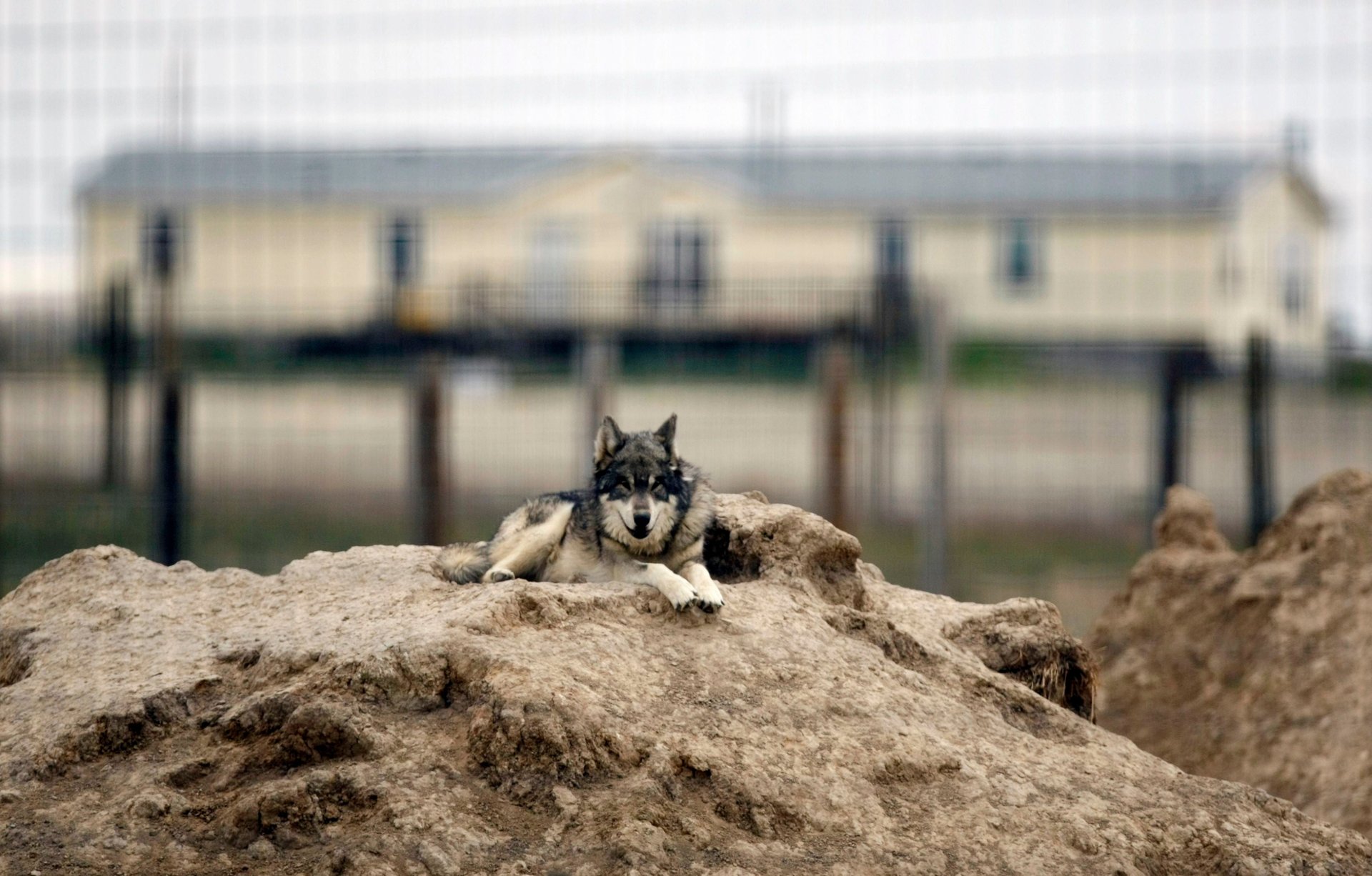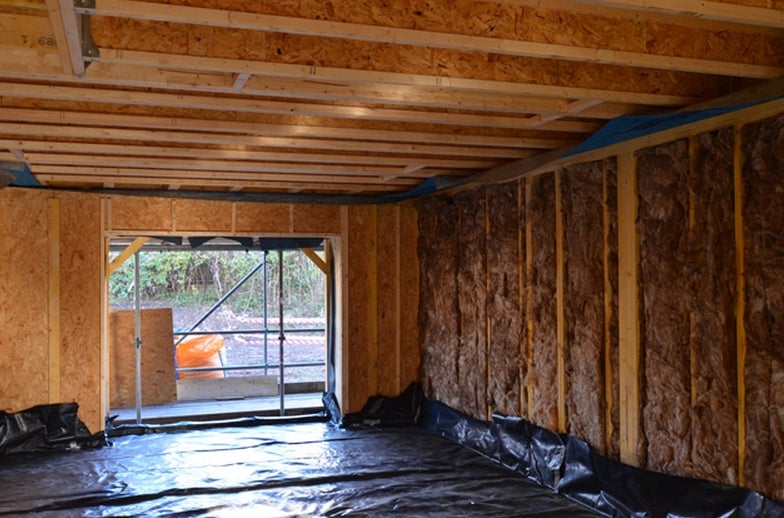Who would buy a $300,000 house made of straw? We’re about to find out
Forget sticks or bricks. It’s now possible to buy a freshly built house of straw.


Forget sticks or bricks. It’s now possible to buy a freshly built house of straw.
Buildings that use straw bales as their primary construction material have been around for a while, but a set of seven houses for sale in Bristol, in the west of England, are the first commercial sale.
Marketing them can be tough. “We get a lot of perceptions, as you can imagine. Because it’s straw, you get the Big Bad Wolf, and he’ll huff and he’ll puff, etc.,” says Finlay White, a sales representative of ModCell, the company that developed the technology for the homes.
But they may not be a bad idea. To research the idea, the University of Bath’s Department of Architecture & Civil Engineering built a test house.
They found that fuel bills could be cut by up to 90% compared to a less-efficient brick house. The UK has 3.8 million tonnes of spare straw, the dried stalks left behind after harvesting grains, which could be used to build over 500,000 new homes, the university said.
ModCell’s straw panels, created and tested alongside the University of Bath, have been certified with the independent industrial certification system “Q-Mark.” That’s the crucial step for the house-buying market, because it means that mortgage providers will be willing to finance houses built with the innovative building method.
Finlay White was standing outside one of the homes on the first day it became available for purchase by the public. Two-bedroom houses cost £200,000 and slightly larger ones a little more. The average Bristol house sold for £234,200 last year according to property site Rightmove.
The build works like this: Timber frames enclose compressed straw bales to form prefabricated panels that can then be craned into place, and in the case of the Bristol houses clad in brick to fit in with surrounding architecture. Use of local straw is preferable, so ModCell creates a “flying factory,” setting up near building sites and making the panels there.

The houses, on St. Bernard’s Road, are the first generic homes, but ModCell has built plenty of classrooms, local authority buildings and offices using the stalks and husks left behind by wheat production.
But what about those perception problems—the idea that a straw house will burn down, become infested, get soggy or be blown over (for example, by a wolf)?
Straw buildings are already found in the US, where the oldest has been standing for 140 years. Researchers determined that the test-house could withstand a hurricane. The encased straw bales are flame-resistant to such an extent they are used as a fire walls between semi-detached houses, according to the School of Natural Building. The possibility of bales getting wet is a concern during the construction phase, but not once the building is complete. And the material doesn’t reduce the longevity of the building, the researchers say.

The buildings are also flexible: An extra window can be chopped through a wall using a hay knife, chainsaw, or alligator saw.
While the houses have stirred excitement among sustainable building enthusiasts, they may be a hard sell to most, who will likely wait and see how they endure in the long-term. None of the UK buildings has been standing for long enough to know whether they’ll last as long as Norman flint or 1960s concrete. Wolves, meanwhile, have yet to be reintroduced to Britain.